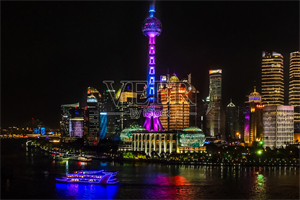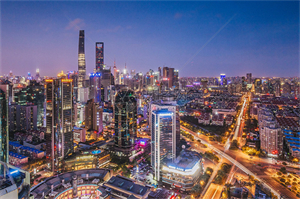
魔都品茶工作室
The urban geography of blind date corners involves the location selection of blind date corners in urban space and how this selection affects social dynamics. Blind date corners are usually located in public places such as parks, cultural squares, etc. The choice of these locations has a profound impact on participants’ behavior patterns, interaction methods, and the social functions of blind date corners. The following are some considerations on how location selection affects social dynamics:
1. Accessibility: The location of a blind date corner is usually chosen in areas with convenient transportation, which can attract more people flow. The centrality of the location makes it possible for people from different socio-economic backgrounds to easily reach it, thus increasing the possibility of social interactions.
2. Visibility and Privacy: The public nature of blind date corners means that the activity is somewhat visible, which can attract passersby to join. However, this may also affect the privacy of participants, as their personal information and social behavior may be seen by onlookers.
爱上海品茶
3. Social and Cultural Environment: Blind date corners are usually located in culturally significant places, such as historic parks or cultural centers. The social and cultural atmosphere of these locations may have an impact on the atmosphere of the blind date corner, such as promoting more traditional or formal social interactions.
4. Environmental Atmosphere: Parks and natural environments provide a relatively relaxed background for blind date corners, which may help alleviate participants’ tension, making social interactions more natural and comfortable.
5. Community Connections: The location of a blind date corner may be closely connected to the surrounding community, reflecting specific needs and characteristics of the community. For example, a blind date corner located near a senior community may attract more parents to participate, as they look for suitable partners for their children.
6. Economic Dynamics: The location of a blind date corner may also be influenced by economic factors. For example, in areas with a more prosperous economy, blind date corners may attract more participants with better economic conditions.
7. Formation of Social Networks: The geographical location of a blind date corner contributes to the formation of specific social networks. These networks may extend beyond the blind date corner itself, to online social media or other social activities.
8. Safety and Security: Safety is an important consideration when choosing the location of a blind date corner. A location perceived as safe may attract more participants, especially women and the elderly.
In summary, the urban geography of the相亲角 not only focuses on the spatial location itself but also includes how the location shapes social interactions, cultural practices, and social relationships. By understanding these geographical factors, we can better understand the role and significance of the相亲角 in modern urban life.
Media Presentation of Shanghai’s相亲角: Television and Network Media’s Shaping of the Topic
AI (gpt-4-1106-preview) took 1.64 minutes爱上海
Shanghai’s相亲角, especially the相亲角 located in Renmin Park, has become a hot topic in media reports. The presentation of this phenomenon by television and network media has largely shaped the public’s cognition and understanding of it. The following are several aspects of how television and network media shape the topic of Shanghai’s相亲角:
1. Narrative Framework: When reporting on Shanghai’s相亲角, the media often choose specific narrative frameworks, such as describing it as a conflict between tradition and modernity, parents’ intervention in their children’s marriage, and the social pressures on single individuals. These frameworks affect the audience’s understanding of the相亲角.
2. Personal Stories: Television and network media often attract viewers’ attention by telling the personal stories of participants, such as the marriage and love views of single men and women, the expectations and anxieties of parents, etc. This personalized reporting style allows viewers to resonate with the content.
3. Cultural Interpretation: The media may interpret the cultural phenomenon behind the相亲角 in their reports, discussing the marriage and love concepts, family values, and social changes in Chinese society, thus providing a deeper social and cultural analysis.
4. Visual Presentation: Television and network videos enhance the attractiveness of reports through visual elements, such as showing the scene of the相亲角 in pictures or videos, using charts and infographics to display data and trends, which can affect the audience’s perception.
5. Interactivity: Network media emphasize interactivity, allowing viewers to comment, share, and participate in discussions about the相亲角 reports on social media. This interactivity makes the topic spread quickly and trigger broader public discussions.
6. Stance and Viewpoint: The media may express specific stances or viewpoints when reporting, supporting or criticizing the phenomenon of the相亲角. These stances and viewpoints can influence the formation of public opinion.
7. Diversity of Topics: Network media, due to the diversity of their platforms, can provide reports from different angles, thus forming a more comprehensive discussion of topics. For example, some blogs and columns may provide deeper analysis, while social media may focus more on immediacy and emotional resonance.
8. International Perspective: The reporting of Shanghai’s相亲角 by international media may be from an external perspective, interpreting it as a unique phenomenon in Chinese society. This international perspective sometimes affects the views of the相亲角 both domestically and internationally.
These presentations of the media not only shape the public’s understanding of Shanghai’s相亲角, but may also affect the actual operation of the相亲角 and the behavior of participants. With the development of society and the advancement of media technology, the reporting and presentation of Shanghai’s相亲角 by the media are also constantly evolving.
爱上海同城对对碰









